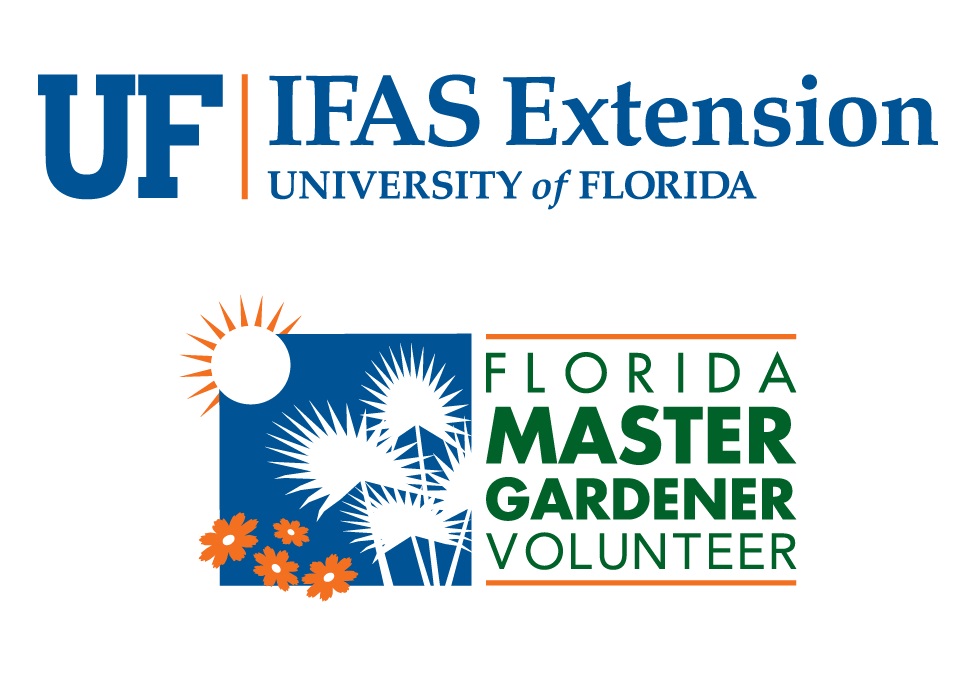Ask Master Gardener Volunteer JoAnn Green
While the calendar turned to September, it still is hot here in Wakulla County! If I am out working in the landscape, I gravitate toward the shady spots to get some relief! My monthly blog will be about what works for me in my shady areas in the hopes that readers will benefit from my own trials and errors.
Definition of Shade
This first blog will be about the different categories of shade. In my quick research for this blog, I came across a website that reminded me that any area in the yard that does not receive 6 or more hours of direct sun is considered shady (https://www.easyshadegardening.com/types-of-shade.html ). So, the first thing to observe for is how much sun the different areas your landscape receives during the day. While most areas of my yard receive some morning, or afternoon sun, only a very small section receives 6 or more hours of direct sun. The largest portion of my yard is considered shady – in varying degrees.
Types of Shade. Dense or Full Shade
The next item to consider is the type of shade you have. Some terms that I am familiar with are dense or full shade, part shade, and filtered or light shade. With dense shade, your landscape gets very little or no direct sunlight. Manmade structures, or a very dense canopy of trees or vegetation block direct sunlight throughout the day. The University of Florida has a nice article titled Landscaping in Florida Shade that suggests alternatives to planting in dense or dark shade. Some of these include, mulch, garden art, a seating arrangement, and pathways (https://edis.ifas.ufl.edu/pdffiles/EP/EP45700.pdf ). Perhaps we will find some plants in future articles that tolerate dense shade.
Partial Shade

My landscape has many areas that receive partial shade – either morning or afternoon sun, but not direct sunlight for 6 hours or more. The UF article lists many
shade-tolerant plants that will do well in partial shade for our North Florida area. Over the years, I have learned that some of these plants do better with morning sun and afternoon shade, especially after I had to move a plant to a different part of the yard! Take a look at the plants in your yard, or a neighbor’s yard to see which ones do well with morning or afternoon sun. Ask a Master Gardener, the Extension Office, or at one of the local nurseries for advice about plants that do better with morning or afternoon sun. This will save you time and effort in the long run!
Filtered/Dappled/Light Shade

If you have pine trees, or trees that have not reached mature height and spread, you may have ‘filtered’ or ‘light’ shade in your yard. Depending on how dense the tree canopy becomes as those trees mature, your shade-tolerant plants may do well for many years. Remember though, the roots of the trees will compete with your shade-loving plants, so keeping them well watered will become a consideration.
Now that you are more familiar with the types of shade in your yard, it is a good time to think about getting your landscape beds prepped and ready. Next month I want to write about our sandy Wakulla soil and what we can do to amend the soil to take care of our plants. If you want to get a head start, I recommend getting your soil analyzed if you have not done this already. The Wakulla County Extension Office has a free, soil test kit that you can mail to the University of Florida for analysis. The analysis is $7.00 and (in my opinion) worth every penny!
If you have any questions or suggestions for future articles please email to wakullamg@ifas.ufl.edu


| The Institute of Food and Agricultural Sciences (IFAS) is an Equal Opportunity Institution authorized to provide research, educational information, and other services only to individuals and institutions that function with non-discrimination with respect to race, creed, color, religion, age, disability, sex, sexual orientation, marital status, national origin, political opinions, or affiliations. U.S. Department of Agriculture, Cooperative Extension Service, University of Florida, IFAS, Florida A&M University Cooperative Extension Program, and Boards of County Commissioners Cooperating |
 0
0


